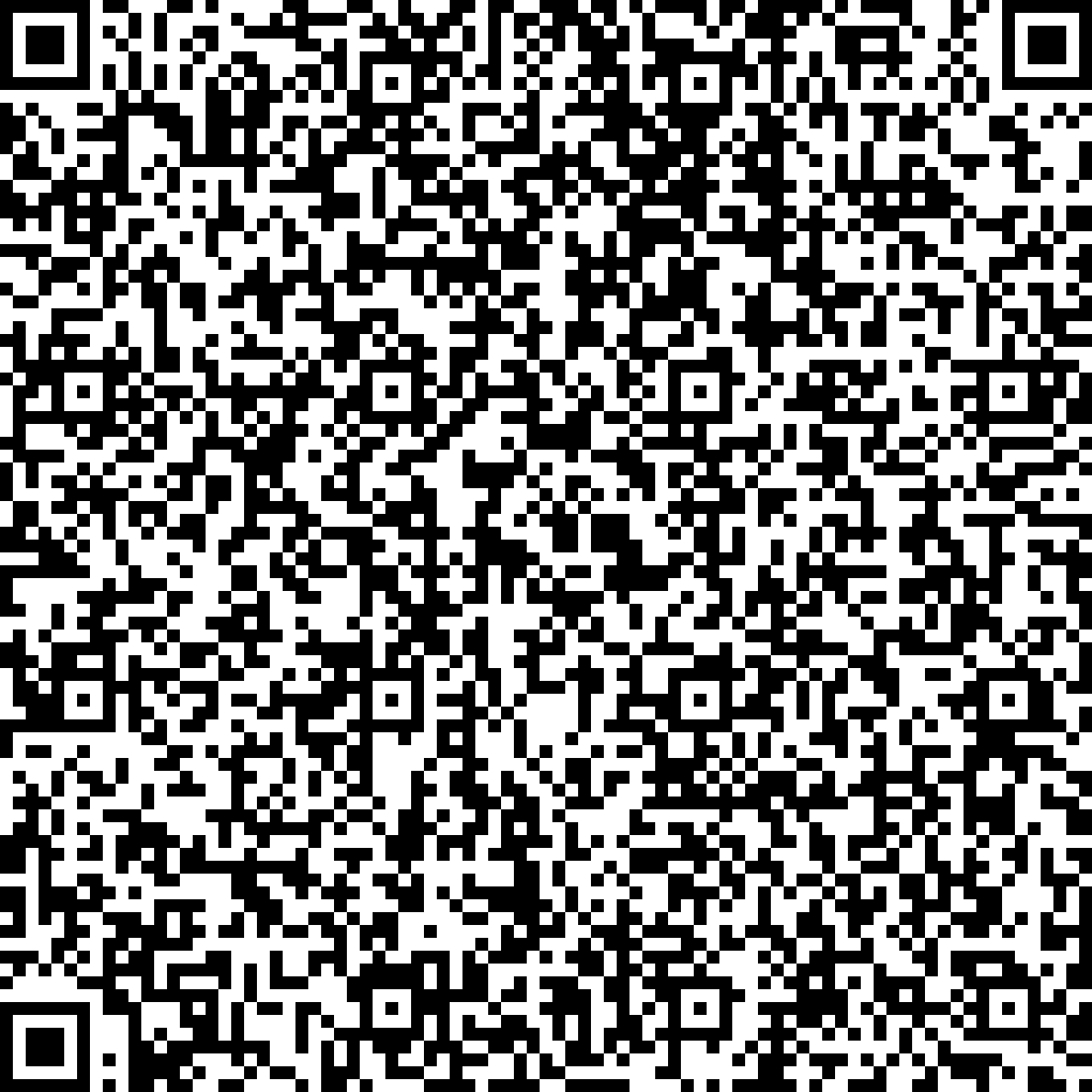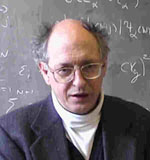


The theoretical and experimental investigation of current fluctuations is one of the most active fields of mesoscopic physics.
We present a discussion of current cross correlators in mesoscopic conductors. Making an analogy to the optical Hanbury Brown Twiss experiment we discuss how quantum statistical effects and two-particle interference effects can be investigated with current cross correlations.
In particular we propose a geometry where first order interference effects (in conductance) are absent but shot noise correlations due to two particle physics exhibits an Aharonov-Bohm effect. In this geometry, the two particle Aharonov-Bohm effect is a direct indicator of orbital electron-electron entanglement. The visibility of the two particle Aharonov-Bohm effect determines the degree to which a Bell inequality can be violated.
We discuss quantum state tomography as means to evaluate arbitrary entanglement measures. We illustrate the theory with related experimental work.



The theoretical and experimental investigation of current fluctuations is one of the most active fields of mesoscopic physics.
We present a discussion of current cross correlators in mesoscopic conductors. Making an analogy to the optical Hanbury Brown Twiss experiment we discuss how quantum statistical effects and two-particle interference effects can be investigated with current cross correlations.
In particular we propose a geometry where first order interference effects (in conductance) are absent but shot noise correlations due to two particle physics exhibits an Aharonov-Bohm effect. In this geometry, the two particle Aharonov-Bohm effect is a direct indicator of orbital electron-electron entanglement. The visibility of the two particle Aharonov-Bohm effect determines the degree to which a Bell inequality can be violated.
We discuss quantum state tomography as means to evaluate arbitrary entanglement measures. We illustrate the theory with related experimental work.